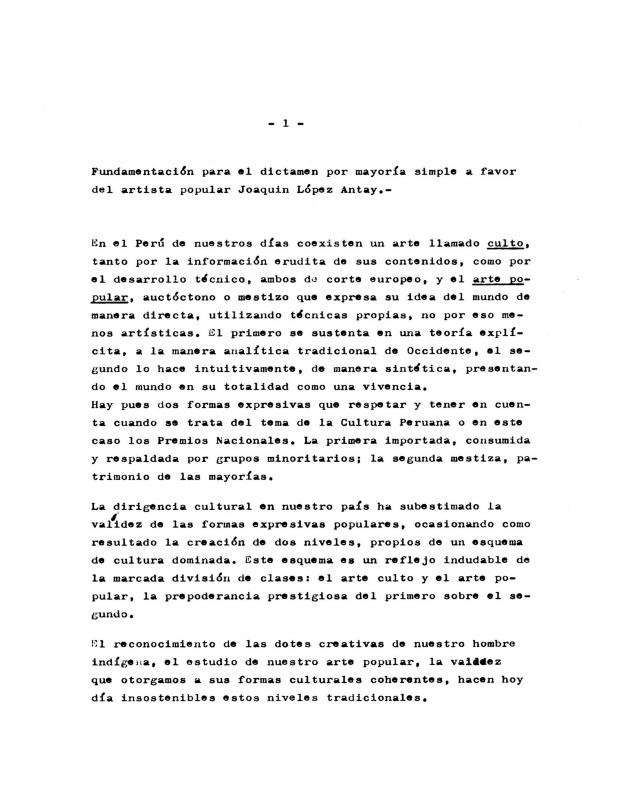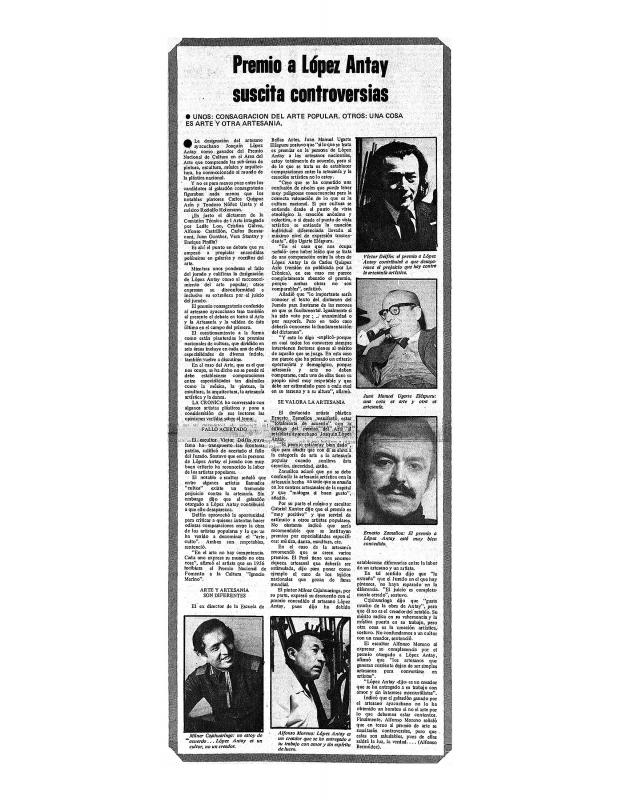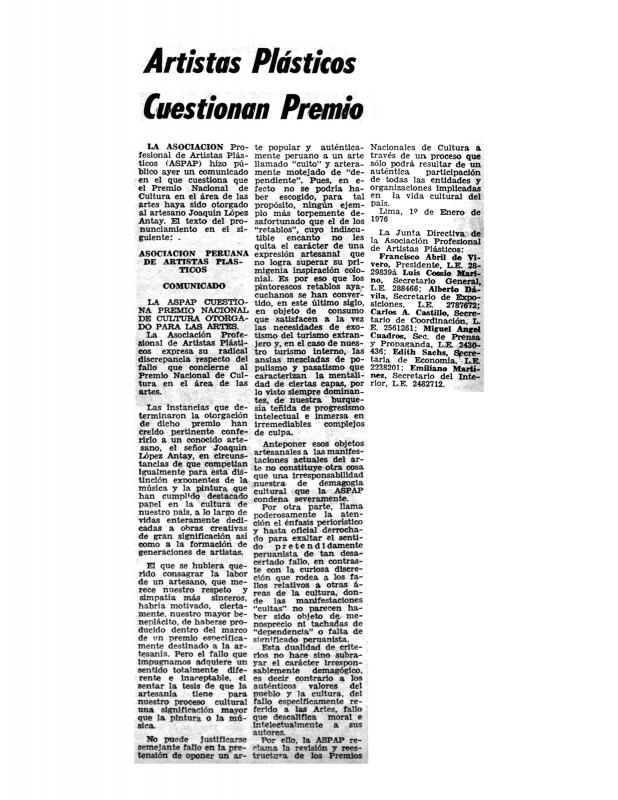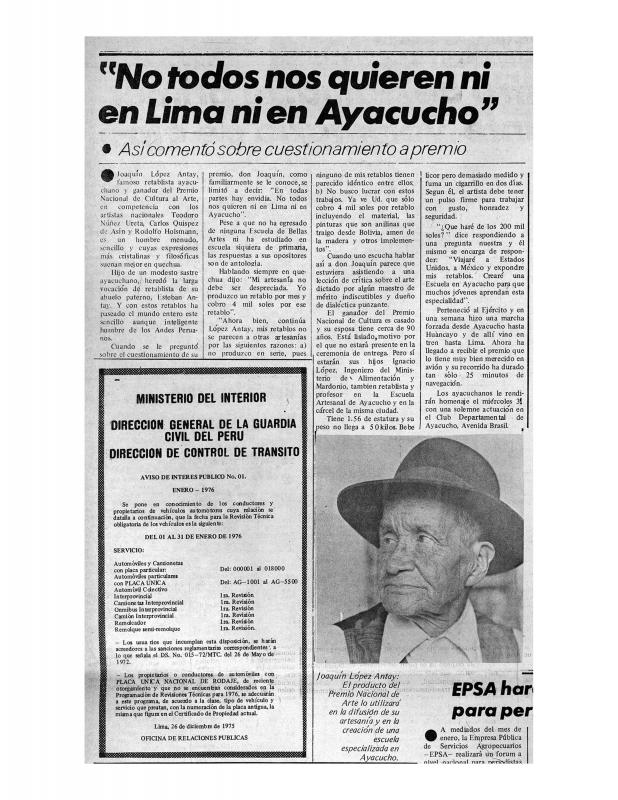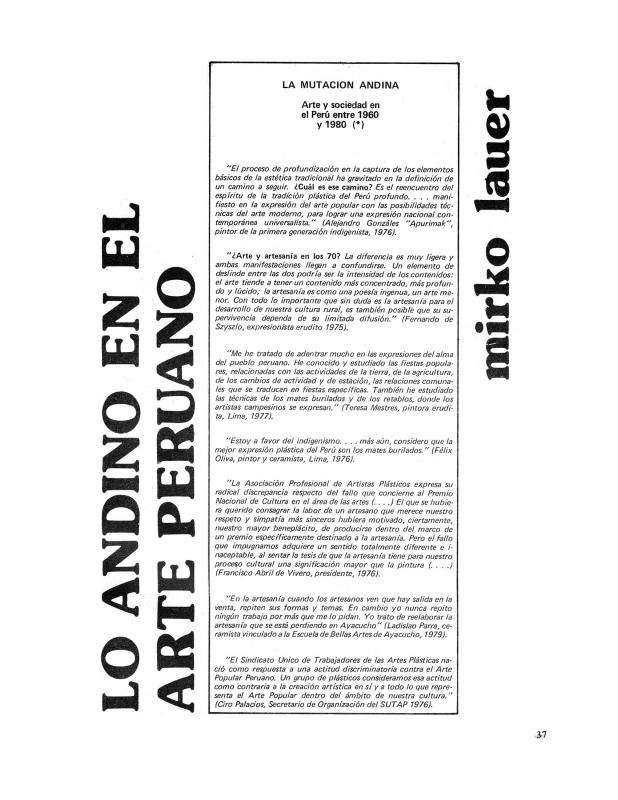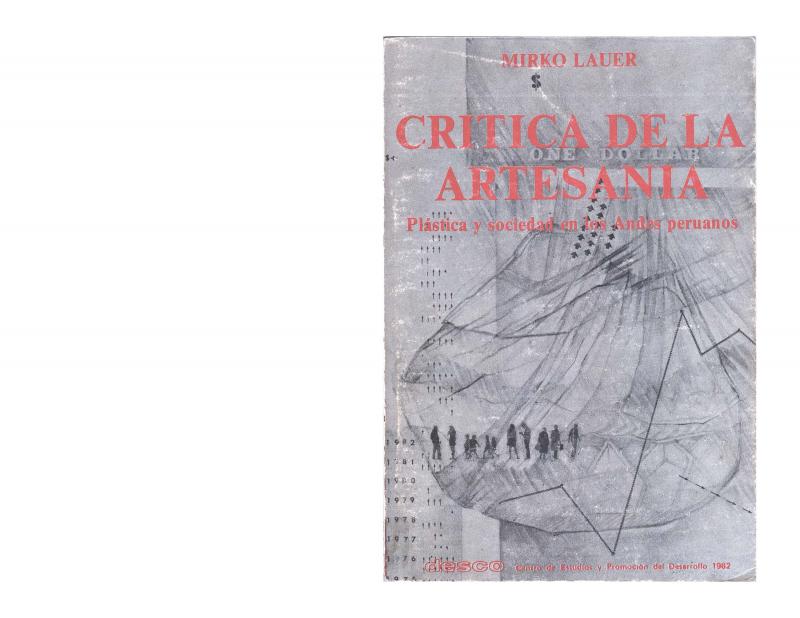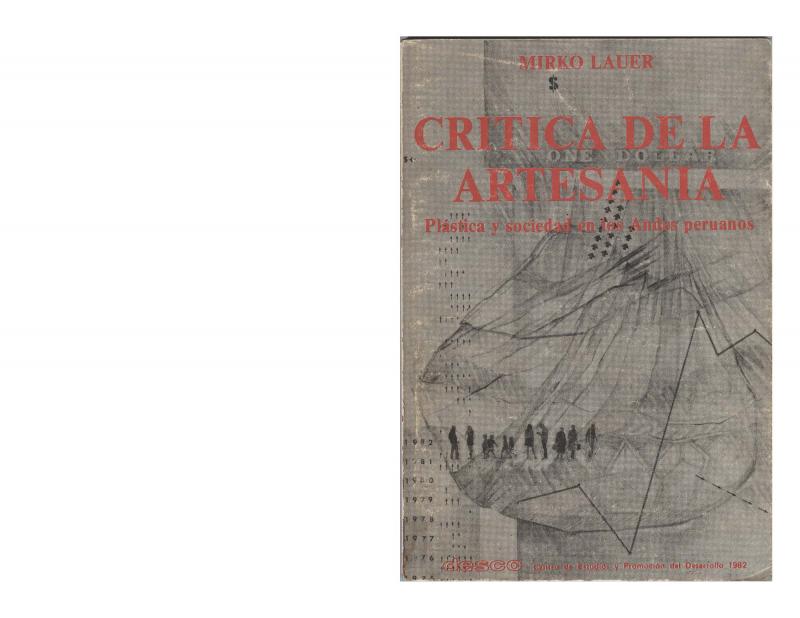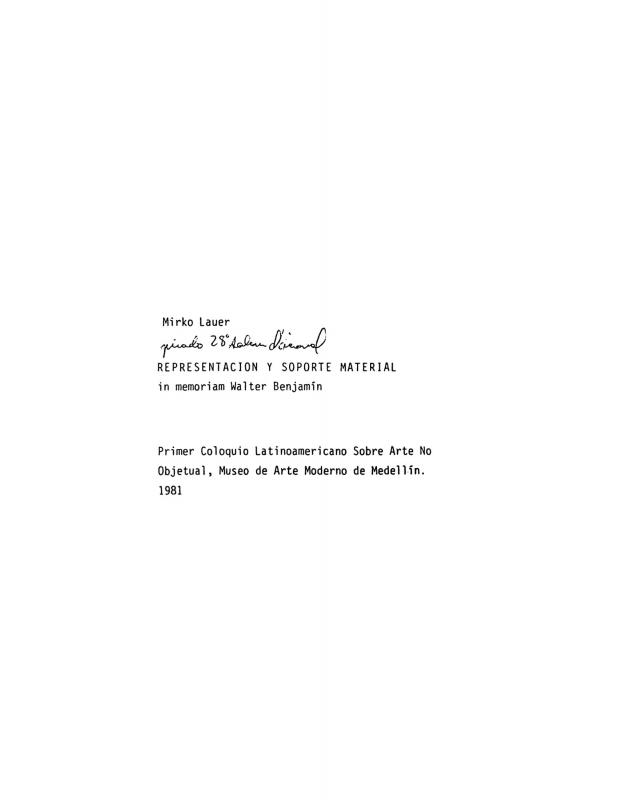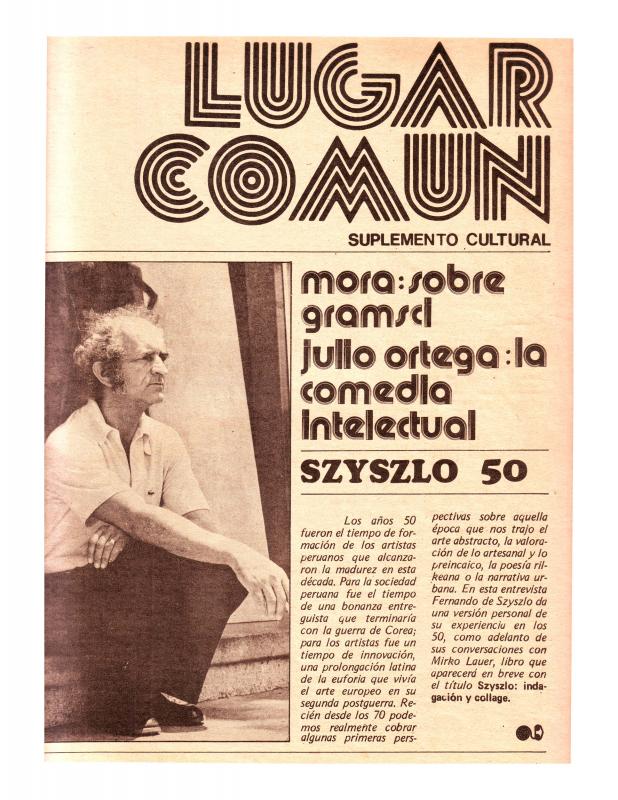The Premio Nacional de Cultura for Art that was awarded to the Andean altarpiece artist Joaquín López Antay in 1975 provoked one of the most important class-related controversies in the history of Peruvian art. The ensuing controversy underscored simmering tensions and suspicions regarding the cultural policies of the revolutionary government of the armed forces led by General Juan Velasco Alvarado (1968–75). This administration claimed to be committed to a progressive agenda, a claim supported mainly by the agrarian reform of 1969 which was accompanied by the government’s enthusiastic attempt to glorify the image of the peasant population and lifestyle at the expense of other forms of cultural expression that were considered more “Western.” It should be noted that the reasons that ignited the firestorm were obvious, since the award to López Antay was given at the expense of widely recognized contenders such as visual art artists Carlos Quízpez Asín (1900–83) and Teodoro Núñez Ureta (1912–88), in addition to German-born academic musician Rodolfo Holzmann (1910–1992). [For more on this subject, see the following texts in the ICAA digital archive: “Fundamentación para el dictamen por mayoría simple a favor del artista popular Joaquín López Antay” by Alfonso Castrillón, Leslie Lee and Carlos Bernasconi (doc. no. 1135896); “Premio a López Antay suscita controversias. Unos: consagración del arte popular. Otros: una cosa es arte y otra artesanía” by Alfonso Bermúdez (doc. no. 1135879); “Artistas plásticos cuestionan premio” by Francisco Abril de Vivero, Luis Cossío Marino and Alberto Dávila (doc. no. 1135960); and “‘No todos nos quieren ni en Lima ni en Ayacucho’: así comentó sobre cuestionamiento a premio” (without author) (doc. no. 1135930)]. The Peruvian theorist, writer and critic Mirko Lauer supported some of the most radical policies of Velasquismo (General Juan Velasco Alvarado’s (1968–75) military government), including the award given to López Antay that caused so much uproar among the Peruvian bourgeoisie. Additionally, he worked for some time in the agrarian reform dissemination office for which he had written several of the texts that accompanied the important posters designed by Jesús Ruiz Durand (b. 1940). Though Lauer’s involvement in the controversy was sporadic, in the early nineteen eighties this experience would lead him to focus on the association between “High Art” and “Folk Art,” analyzed through a keen Marxist style social theory proposal. This is evident in his essays and books, such as Crítica de la artesanía. Plástica y sociedad en los Andes peruanos (Lima: DESCO, 1982). [For further reading, see in the archive the following texts by Lauer: “Lo andino en el arte peruano. La mutación andina: arte y sociedad en el Perú entre 1960 y 1980” (doc. no. 1136429), “Crítica de la ideología del arte” (doc. no. 1136512), “La ideología de lo artesanal” (doc. no. 1139650), “Juan Javier Salazar: la refrescante aventura de un anti-plástico” (doc. no. 1293689), “Representación y soporte material in memoriam Walter Benjamin” (doc. no. 1098871), and “Szyszlo 50” (doc. no. 1142996)].

